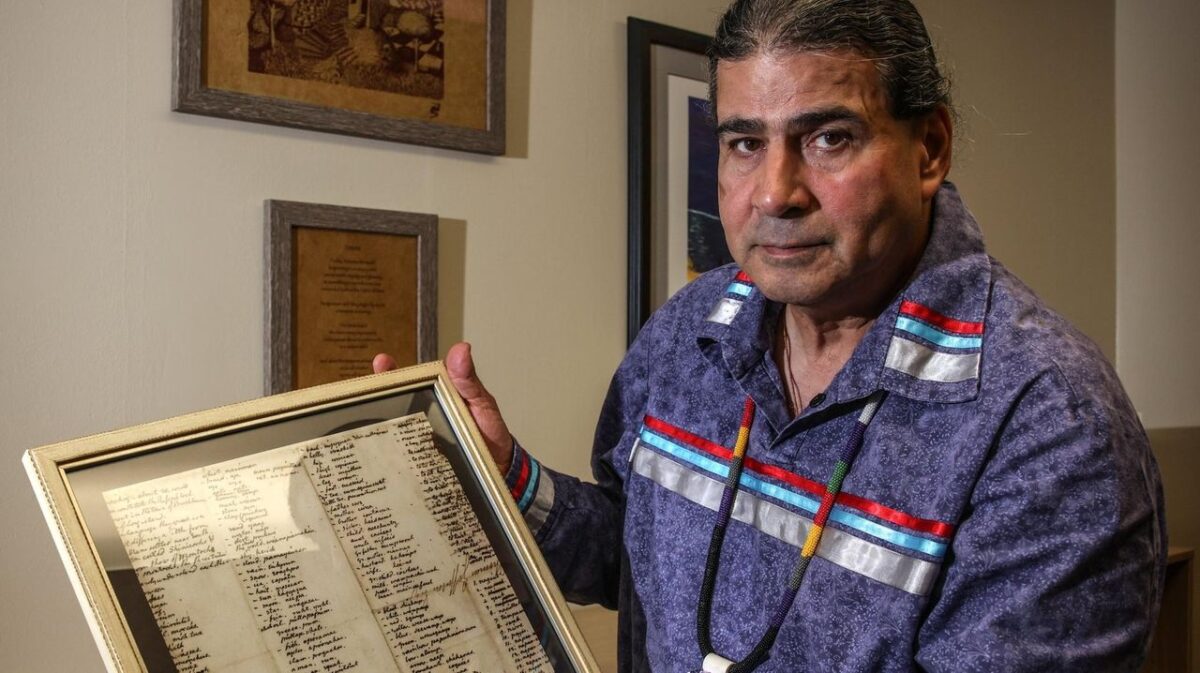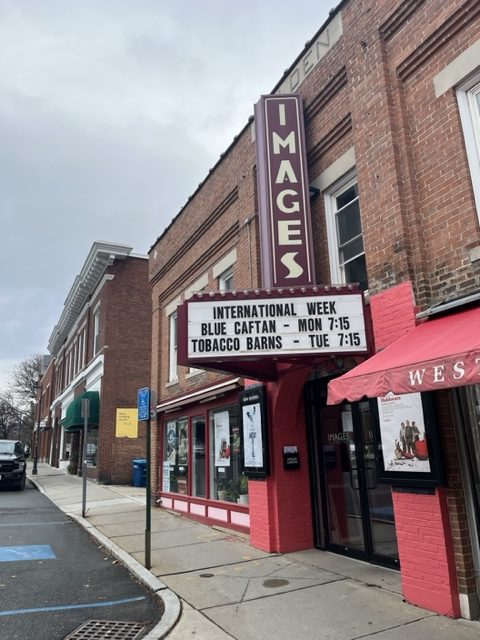The Berkshire Museum is repatriating the remains of two Native ancestors to the Stockbridge-Munsee Band of Mohican Indians.
In the 1990s, in response to a federal law, the Berkshire Museum classified the two cranial bone fragments as “culturally unidentifiable.” Under federal regulations, if Native remains are not classified as culturally affiliated, museums are not required to proactively reach out to tribes.
In addition to the human remains, the Museum has 13 objects that are believed to have been buried with the remains; 10 pottery shards and three stone tools.
The only documentation the museum has are tiny pieces of paper saying the remains, which were donated in the late 1800s, were dug up from river washout near an Indian burial ground in the Springfield – Longmeadow area.
A 1995 report from the University of Massachusetts concluded these remains belong to one adult and one adolescent.
Now, after consulting with representatives from the Stockbridge – Munsee band, the museum published a notice in the federal register stating the remains are affiliated with that tribe.
Jason Vivori, the museum’s collections manager, said under the lawmuseums determine which tribe the remains belong to, but he said the Berkshire Museum sees the repatriation process differently.
“If they [Native tribes] provide us with a good reason why, we’re not questioning it or challenging it. This is their culture and their ancestors,” Vivori said.
The tribe did not immediately respond to a request for comment, but Bonney Hartley, the Stockbridge-Munsee tribal historic preservation officer, told the Berkshire Eagle, “We are trying to step in and respectfully care for the ancestors and provide a dignified reburial for them, so they don’t remain on shelves at the museum and disturbed in their journey.”
The museum will hold the remains until the tribe is ready to take physical custody of them.
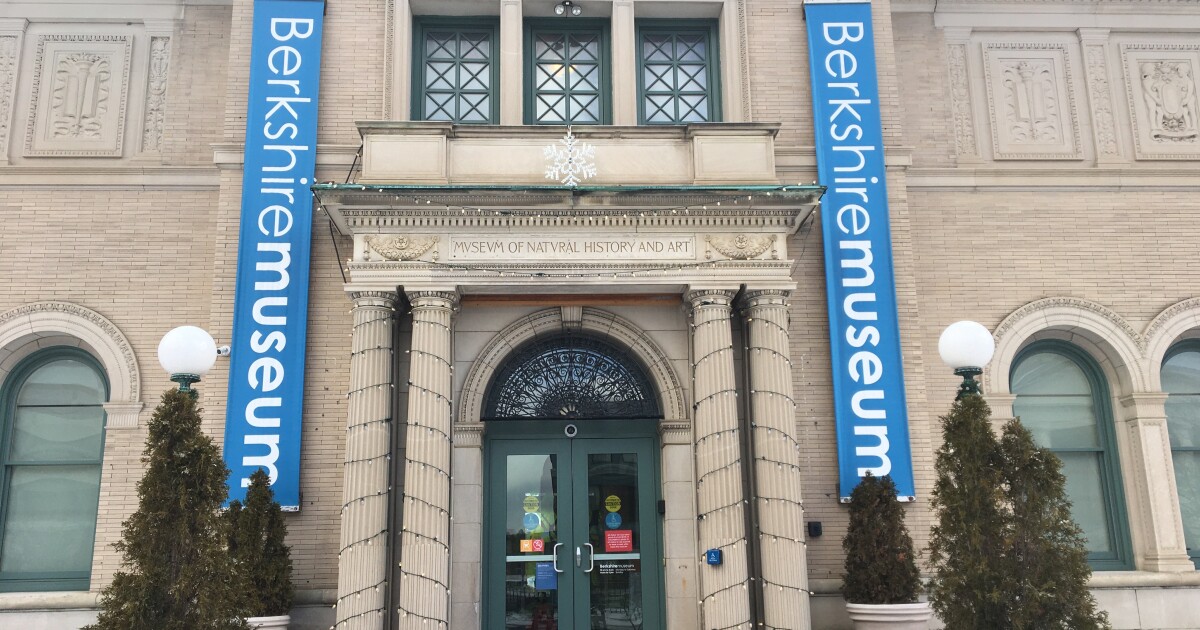
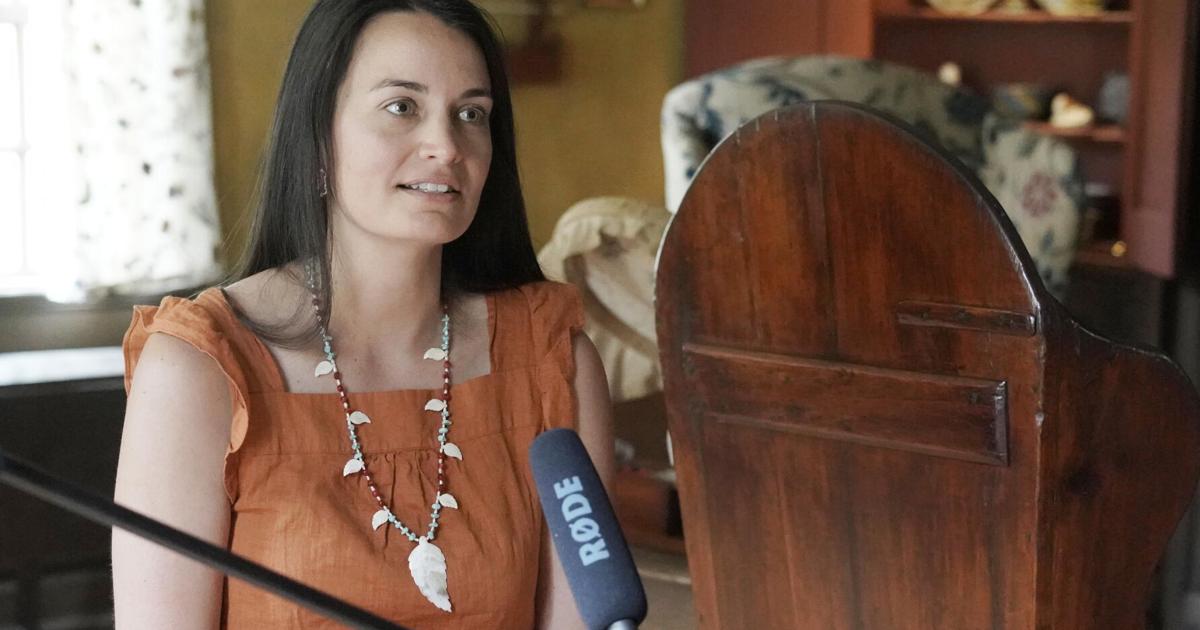

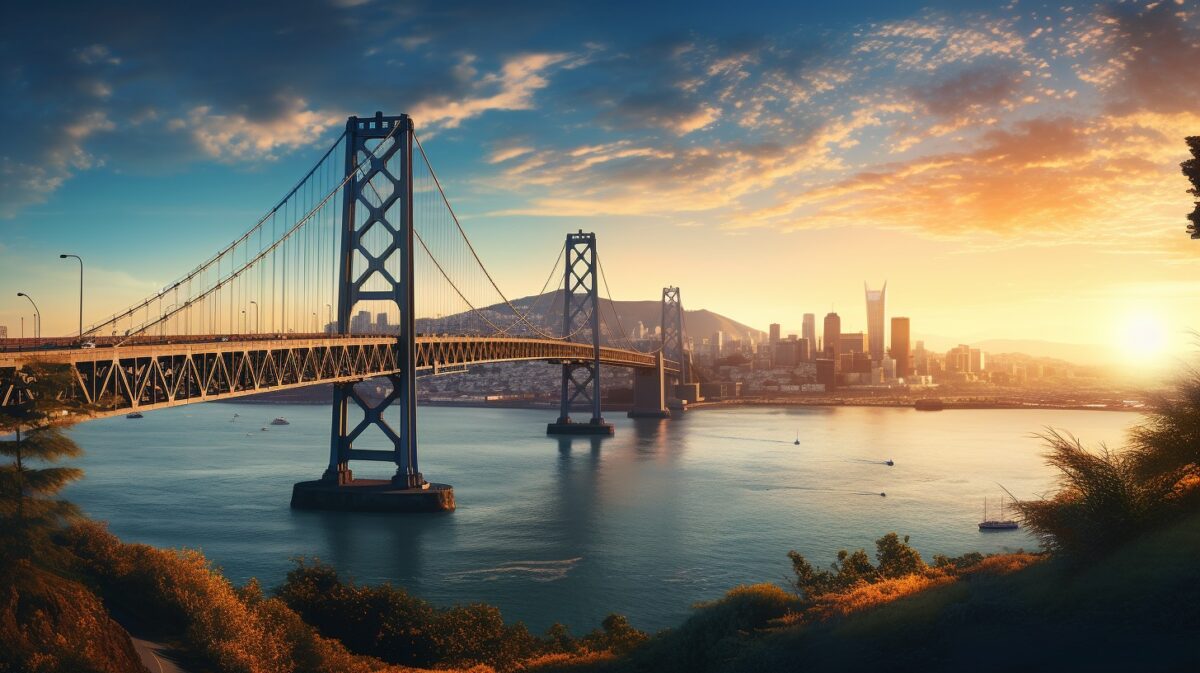
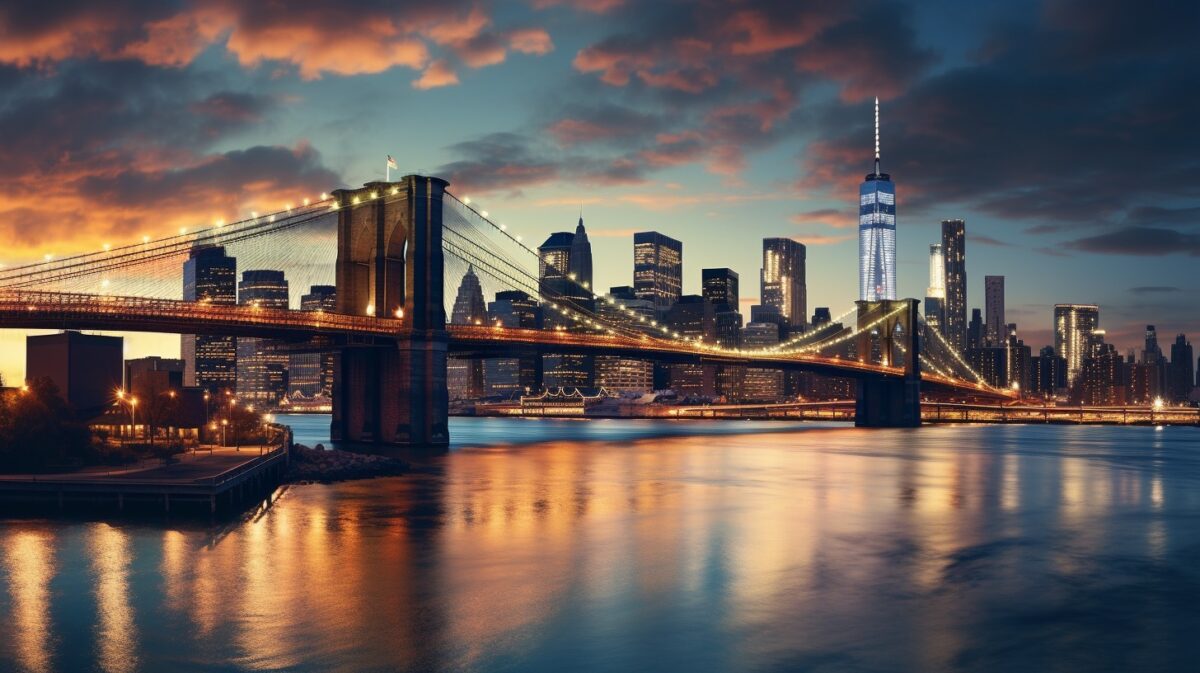


 John White’s watercolor painting of a group of Carolina Algonquian fishing.
John White’s watercolor painting of a group of Carolina Algonquian fishing. 